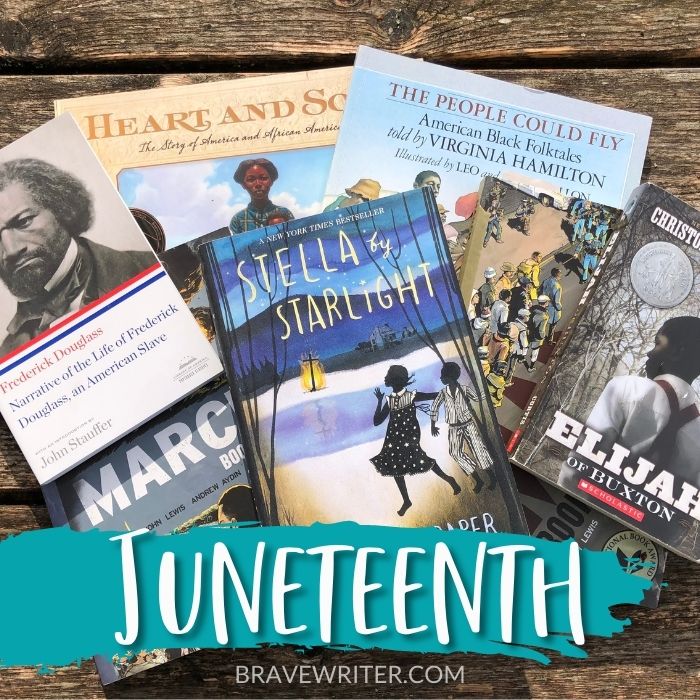Juneteenth

The holiday, Juneteenth, has been celebrated since the late 1800s and is also known as Freedom Day, Jubilee Day, Liberation Day, and Emancipation Day. On June 19, 1865, enslaved African Americans in Texas were given the news of freedom—Juneteenth commemorates the end of slavery in the United States.
According to a New York Times article by Derrick Bryson Taylor, “On June 19, 1865, about two months after the Confederate Gen. Robert E. Lee surrendered at Appomattox, Va., Union Gen. Gordon Granger arrived in Galveston, Texas, to inform enslaved African-Americans of their freedom and that the Civil War had ended. General Granger’s announcement put into effect the Emancipation Proclamation, which had been issued more than two and a half years earlier on Jan. 1, 1863, by President Abraham Lincoln.”
Families celebrate this significant moment in history with backyard barbecues or by attending a larger event like the one held in Atlanta, Georgia—which hosts a parade and multi-day music festival.
Does your family celebrate Juneteenth? How will you celebrate this year? Are there new traditions you’ve been meaning to incorporate into your festivities? You may find some ideas here.
Best Practices
What can you do to acknowledge and celebrate Juneteenth?
Beyond attending a celebration in your local area or hosting your own backyard cookout, you can celebrate by learning more about the events leading up to June 19, 1865, and the significance of the date.
As you research, evaluate resources, and plan your homeschool lessons, we’d like to offer a few points to help you facilitate respectful planning, discussions, and activities while learning about slavery and Juneteenth.
Along with these tips, please use the links provided below to access direct information from members of the African American community.
Points to Consider
- When evaluating resources, start with these foundational questions:
- Who created the resource? (Try to use resources created by the people you are learning about.)
- Who’s story is being told?
- Is it historically accurate? (You may need to do more research.)
- Extend learning beyond a single day.
- Provide children with historical context (slavery, Civil War, Reconstruction, geography, politics, current events).
- Explore how the holiday is celebrated in your area and in different regions.
- Incorporate Juneteenth lessons beyond June—for instance, share Juneteenth stories during a study on “holidays.”
- When lesson planning, work to learn more about a specific region and individual people rather than learning about enslaved people and Black Americans as a monolithic group.
- When planning activities for your homeschool or book club, it is considered best practice to avoid crafts and activities that would be considered cultural appropriation. Learn more about cultural appropriation, how it’s different from cultural appreciation, and how to avoid it. The PBS Teachers Lounge has a helpful post called Cultural Appropriation: What’s an Educator’s Role?—it offers practical tips and questions to ask when embarking on a new project with your children. If necessary, conduct research to learn more about the craft or activity in question.
Please let these tips serve as an introduction and explore more at the resources below.
More to Explore
The following online resources provide information and guidance for engaging in respectful discussions and activities.
- Learning for Justice provides an invaluable article for parents wanting to learn more about the history and context of Juneteenth as they prepare to teach their children.
- Teach for America offers a collection of helpful links for learning about Juneteenth— including Juneteenth teaching resources.
- This three-minute TED-Ed video offers a succinct history of Juneteenth.
- Here Wee Read has a list of 25 books about Juneteenth.
- For adults and older teens, the Chicago Public Library has an extensive Juneteenth Reading List.
- At the Zinn Education Project, find information and a compilation of teaching materials spanning slavery, the Civil War, Reconstruction, and beyond.
We encourage you to continue to incorporate learning about the contributions of Black Americans as part of your regular lesson planning throughout the year.

















